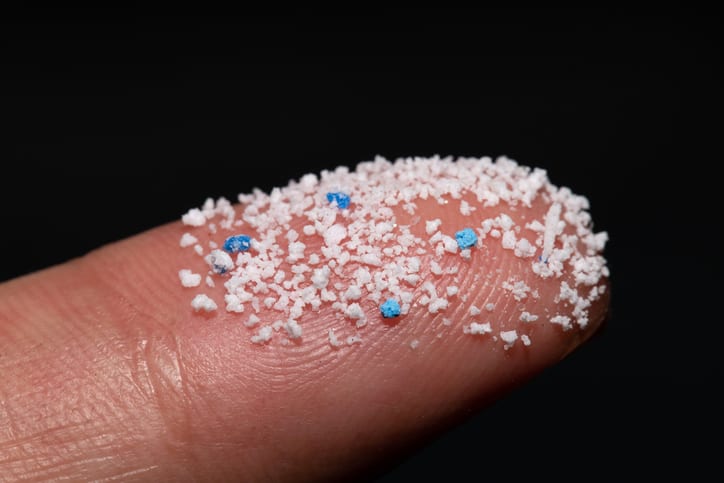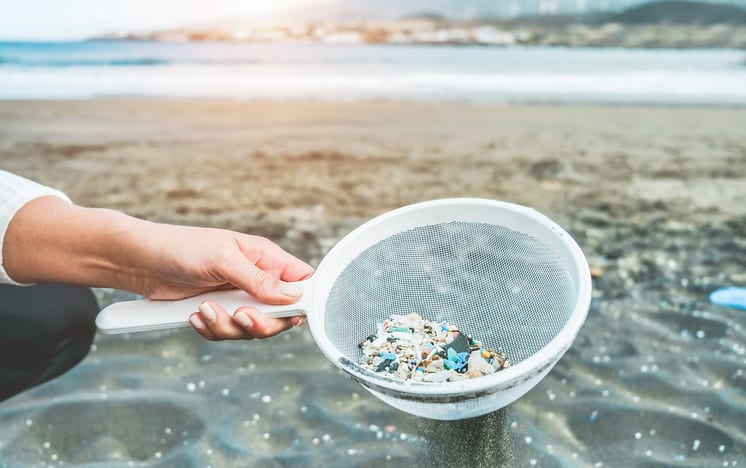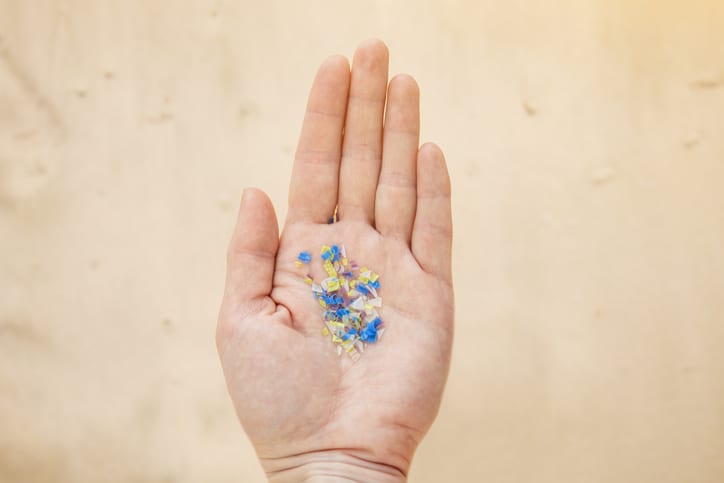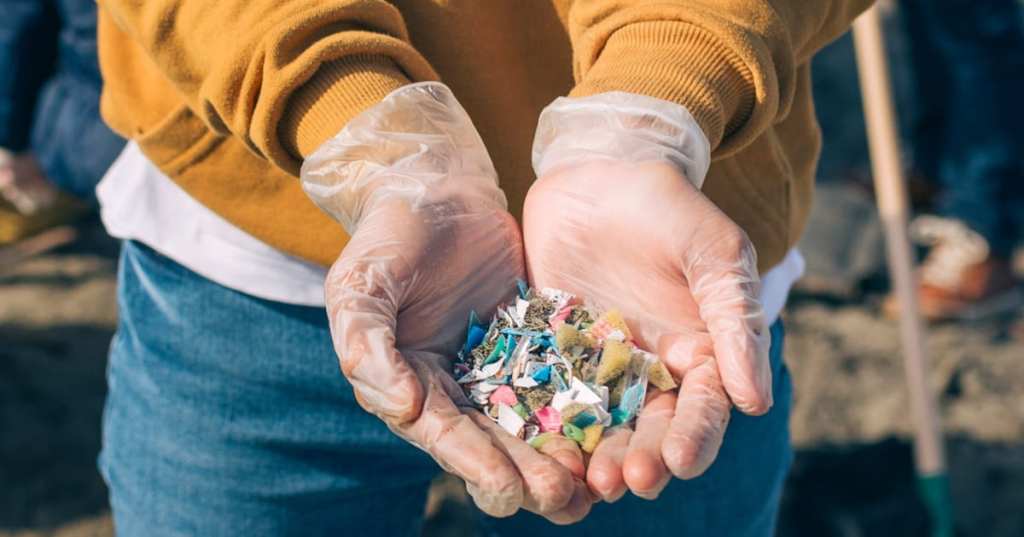You’ve probably read articles about microplastics being present in the atmosphere, in the ocean, in our food, and even in the rain that splatters us on a cooler autumn day. It’s disturbing, and proof of how much of an effect our lifestyle has on our world, even if scientists don’t really know bad it could be for humans in the long run.
Recently, though, a study of cadavers has revealed that the tiny, microscopic plastics can also be found embedded in every last one of our organs.

Image Credit: iStock
The question of how dangerous these things could be, then, becomes even more relevant.
The study was conducted by two University of Arizona PhD students. In it, they examined 47 organ samples, including ones from lungs, livers, spleens, and kidneys that were obtained from a tissue bank that studies neurodegenerative disease.
The samples were put through a mass spectrometer, and every last one of them contained microplastics.
Dozens of different types of plastic were detected, with the most worrying types being polycarbonate (PC), polyethylene terephthalate (PET), polyethylene (PE), and Bisphenol A (BPA).
A 2011 study published by NCBI found that all plastic materials contain harmful chemicals, though, and can lead to poor health outcomes like cancer, birth defects, reproductive issues, and the like across the board.

Image Credit: iStock
47 organs is a small sample size, but given that every single organ contained the microplastics, and it’s the first study to provide evidence that they can build up in our bodies, it’s still important.
A 2019 WWF study found that the average human potentially eats arou
nd 2,000 microplastics every single week, and another recent study found about 1,000 tons of them rain down on national parks annually, so it’s not a surprise that they’re floating around inside our bodies.
That said, proof that they’re building up in our organs remains concerning.
Charles Rolsky, a co-author on the new study, made this statement.
“You can find plastics contaminating the environment at virtually every location on the globe, and in a few short decades, we’ve gone from seeing plastic as a wonderful benefit to considering it a threat.
There’s evidence that plastic is making its way into our bodies, but very few studies have looked for it there.
And at this point, we don’t know whether this plastic is just a nuisance or whether it represents a human health hazard.”
The truth is, we have much to learn about these plastics, and how they might affect our bodies going forward.

Image Credit: iStock
The team behind this current study has plans to continue researching potential long term health effects.
Varun Kelkar, another co-author, continued his statement:
“We never want to be alarmist, but it is concerning that these non-biodegradable materials that are present everywhere can enter and accumulate in human tissues, and we don’t know the possible health effects.
Once we get a better idea of what’s in the tissues, we can conduct epidemiological studies to assess human health outcomes. That way, we can start to understand the potential health risks, if any.”
Which is all to say, don’t panic yet, because we don’t have all of the facts.
But also, there’s nothing you can do about it anyway.






